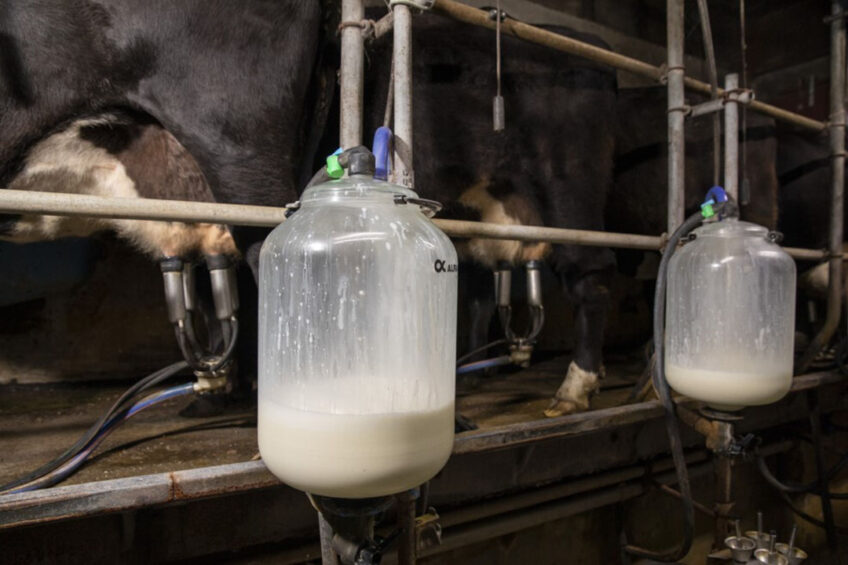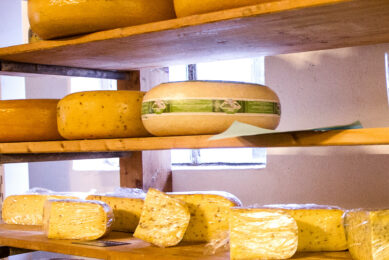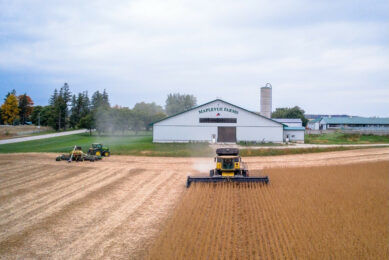Canada dairy cow productivity growth seen

Modest growth is projected in Canada for milk and cheese production in 2023 as consumption remains stable, and the market is partially supplied by rising import volumes following the implementation of Canada’s various trade agreements.
Canadian dairy cow productivity has steadily increased over the past decade, primarily due to improved genetics, but also because of improvements in management practices, feed quality, and greater use of robotic milking that increase total milkings per day. In 2008, the average volume of milk produced per dairy cow was 8 metric tonnes (mt) annually. By 2020, this volume had grown 23% to 9.9 mt annually. FAS/Canada projects average dairy cow milk productivity to reach 10 mt in 2023.
Milk produced in Canada supplies 2 markets: the fluid milk market (includes fluid milk for direct consumption, creams, and flavoured milks), and the industrial milk market (or milk for factory use, used to make dairy products such as butter, cheese, yogurt, ice cream, and milk powders). Fluid milk accounts for less than 30% of total milk produced in Canada, and milk for factory use constitutes just over two-thirds of the total.
Consumption and demand
Per capita consumption milk has been declining for over 2 decades, with the one-time exception of the first year of the Covid-19 pandemic (2020) as consumers spent more time at home. Fluid cream demand, which has been steadily increasing over the past decade via sales in the food service sector (primarily coffee shops), was negatively impacted by the pandemic, and decreased by nearly 7% when compared to pre-pandemic levels, to 8.3 litres per person. Overall cream consumption continues to suffer from the impact of pandemic-related restrictions on the food service sector and has yet to return to pre-pandemic levels.
Butter
Butter consumption has expanded rapidly over the past 7 years and is forecast to rise to 3.8 kg per capita in 2023, up from about 2.6 kg per capita a decade earlier. Throughout the Covid-19 pandemic, butter consumption remained steady, as the decline in sales via the food service sector was matched by increases in the retail sector and in food manufacturing.
Overall, the Covid-19 pandemic had no impact on butter demand in Canada. FAS/Canada estimates butter imports to decline to 30,000 mt in 2023 as production grows to 120,000 mt.
Cheese in 2023
For 2023, cheese production is forecast at 535,000 mt following an estimated level of 528,000 mt by the end of 2022. Despite the Covid-19 pandemic, cheese demand remained resilient and contributed to the overall growth in the dairy sector – a trend expected to continue.
FAS/Canada estimates that cheese stocks have remained remarkably stable over the past 12 months, reaching 83,600 mt in August 2022. Cheese imports are expected to expand further in 2023 as Canada will continue to import over 20,400 mt of cheese, predominantly from EU origins, in part, due to additional duty-free market access under recently concluded trade agreements. Imports are forecast to 58,000 mt in 2023.
Sources: Global Agricultural Information Network (GAIN); Foreign Agricultural Service (FAS)/Canada
Join 13,000+ subscribers
Subscribe to our newsletter to stay updated about all the need-to-know content in the dairy sector, two times a week.










